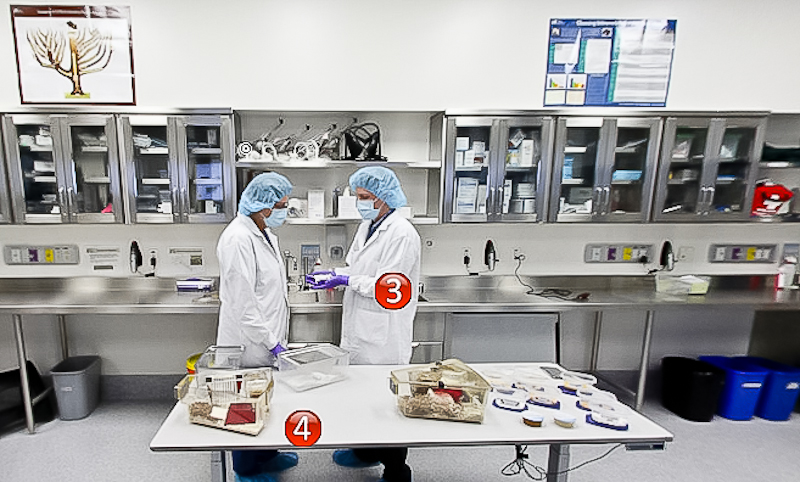The University of British Columbia (UBC) released its statistics on animal research for the third consecutive year Dec. 6, 2013.
According to the research data for 2012 that was released, the number of animals involved in research increased from 225,043 in 2011, to 227,362 in 2012.
UBC is the second-largest biomedical university in Canada. Anne Birthistle, a co-director on the steering committee for Stop UBC Animal Research, said these numbers are disappointing.
“For the third year in a row we’ve seen a huge increase in the use of animals at UBC, most disturbingly in basic research, which accounts for 60 per cent of all animal research and is not regulated by government,” Birthistle said.
“This type of research is not required to be done on animals, and thus it is entirely the choice of the university to use animals in this capacity,” she said.
UBC spokesperson Brian Lin said in a press release 68 per cent of the research subjects were subjected to minor or short-term stress, based on a tiered ranking system of pain tolerance put forth by the Canadian Council on Animal Care.
The report also stated the number of animals used in experiments belonging to Class D, or experiments that cause moderate to severe stress, declined by four per cent.
Lin said UBC is the only university to release information on its animal research, which demonstrates the university’s commitment to accountability.
However, Birthistle said the university’s claims of accountability are really just a means of dictating the scope of what can be discussed.
“Although [UBC] is accurate in stating that they are the only university that releases information on animal research, they are not telling us which species are involved, or what specific experiments they’re using these animals for,” Birthistle said.
The number of animals used in experiments belonging to Class E, or experiments which cause severe pain above the pain tolerance of anaesthetized conscious animals, increased from 59 to 85 since 2010, according to the report, which stated that these animals were primarily used for an investigation into fetal alcohol syndrome.
Birthistle said this nearly 200 per cent increase in the number of animals used in Class E research was shocking, especially considering that most animals used in this research were not anesthetized, despite UBC’s claims of an “Approved Pain Management Plan.”
“I think that the university expects you to accept that statement as truth, without releasing specific information about what that entails,” Birthistle said.
“We’ve received no replies to our requests from university scientists, and therefore have to assume that pain management is left up to the discretion of individual scientists”.
Carleton University also undertakes animal research, although it does not release any information regarding the number of animals or what they are used for.
According to the Carleton University Research Office, Carleton Animal Research must be approved by the Carleton Animal Care Committee, and is evaluated on the basis of the project’s commitment to the three principles of reduction, refinement and replacement.






